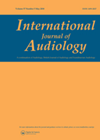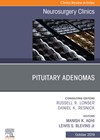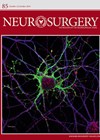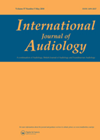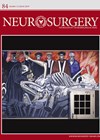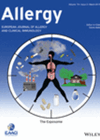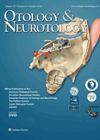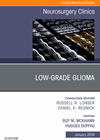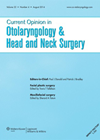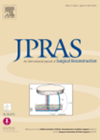
Journal Reviews
Speech in noise hearing difficulties
The phenomenon of speech understanding in noise in normal hearing people attracts the interest of researchers continuously. This study’s aim was to further explore the possible reasons behind these difficulties. The participants were 50 adults that reported having normal hearing...
3D endoscopy in pituitary adenoma surgery
Endoscopic approach for pituitary adenoma surgery is well recognised. There has been recent refinement of 3D endoscopy technology which improves on the depth of vision offered and more compact delivery. This may improve visualisation of the critical structures involved in...
Endoscopic transsphenoidal surgery versus dopamine agonist therapy for microprolactinomas
This study addresses the importance of the location of microprolactinomas in determining prognosis after surgery. Long-term dopamine agonist treatment is the current standard of treatment for microprolactinomas. However, patients often seek surgical removal. The authors of this study retrospectively analysed...
Loneliness and hearing loss treatment
It is well-known that hearing loss can lead to social isolation and consequent loneliness. This study aimed to research whether hearing loss treatment helps in overcoming loneliness long-term. Two types of treatment - hearing aids (HA) and cochlear implants (CI)...
Recovery room cortisol to predict long-term glucocorticoid supplementation
The authors report the results of using recovery room (RR) cortisol to predict the need for long-term glucocorticoids in patients who underwent transsphenoidal surgery (TSS). They conducted a retrospective study of preoperative morning serum cortisol (MSC), RR cortisol and day...
CRSwNP and smell – is it just the obstruction?
Anosmia and hyposmia are symptoms of CRS both with and without nasal polyps and can significantly affect quality of life. The nature of anosmia/hyposmia is thought to be both sensory-neural and conductive. These authors studied a mouse model in which...
Can and should vestibular schwannoma surgery be carried out via the endoscopic transcanal approach?
The extent and scope of endoscopic ear surgery has rapidly progressed in recent years, and this paper, from one of the leading proponents of this technique, reports on the outcomes of a case series of patients who have had total...
Balloons – more complicated than first thought?
This study describes the complications seen after balloon sinuplasty (BSP) - a commonly performed procedure (particularly in the USA where it is often performed as an office procedure) versus traditional functional endoscopic sinus surgery (FESS). The data source was a...
DVT prophylaxis in cranial procedures
Deep vein thrombosis (DVT) is a result of disturbed balances in blood flow patterns, blood clotting factors promoting coagulation and vessel wall endothelial injury. The subsequent disruption of coagulation and fibrinolysis mechanisms lead to venous clot formation and propagation. The...
How to tackle the problem of ciprofloxacin-resistant ear infections?
The growing issue of ciprofloxacin-resistant ear organisms is certainly a pertinent one. The situation here in the UK, where ototoxic topical drops are frequently given initially in the presence of pus and a perforation, differs markedly from elsewhere where fluoroquinolones...
Current management of facial fractures in the preadolescent
This article reviews the trends in management of preadolescent facial fractures – a challenging population due to the need to consider growth, dynamic changes in dentition, and evolving fracture patterns. In summary, conservative management is preferred in all fractures in...
Postauricular advancement flap for partial helix defect repair
Ear defects can be the result of trauma, burns or ablative surgery. The three dimensional structure of the pinna presents a difficult reconstructive challenge as successful ear reconstruction requires both similar tissue cover and a supporting framework. Partial ear reconstruction...

